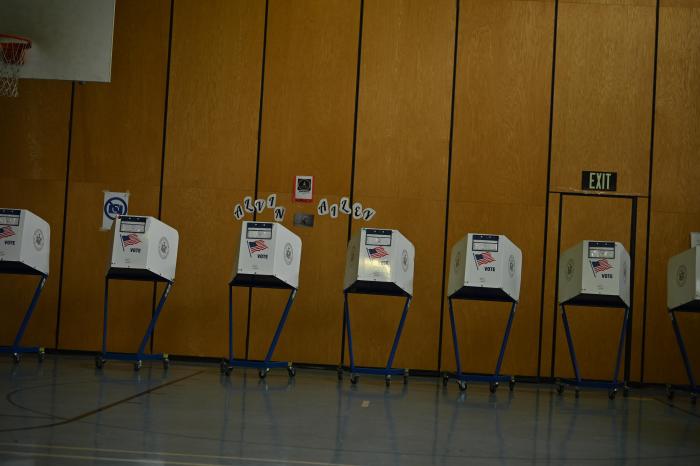Embattled former councilman Steve DiBrienza asked the city to release information about his neighborhood non-profit group in the wake of reports in The Brooklyn Paper and the New York Post about the group’s alleged misuse of taxpayer money.
Critics of DiBrienza, who is one of seven candidates for his old Council seat, mocked the former lawmaker’s sudden call for the city to reveal the finances of his own group.
One of those candidates, Josh Skaller, called for an investigation a week earlier, officially requesting “copies of all contracts, audits, program evaluations and correspondence” between DiBrienza’s Neighborhood Assistance Corporation and the Department of Youth and Community Development, which funneled cash to the group.
DiBrienza’s call for the city to “release all of its information on NAC’s administration of grants,” which was made in a statement to The Brooklyn Paper and other news outlets, came four days later.
The agency has not complied yet.
But aside from his prepared statement, DiBrienza has ducked calls from The Brooklyn Paper to further discuss his calls for transparency about his organization and his candidacy for Council. He had said last week that he would talk to The Paper if it published his lengthy defense of his agency — which ran on this newspaper’s award-winning Web site all week.
But DiBrienza reneged.
Instead, The Brooklyn Paper was the subject of a less-than-convincing orchestrated letter-writing campaign to stem the questions about the work of Neighborhood Assistance Corporation, such as its role as an intake center for people applying for discounted utilities.
“NAC is a satellite office for National Grid’s Neighborhood Heating Fund program and Con Edison’s Energy Share program,” wrote Julia Ross of Windsor Terrace. “Every year, the staff at NAC helps many area residents, like myself, obtain our energy grants, helping to relieve some of the financial stress our families face. Your story got it completely wrong. NAC provides a valuable service to our community.”
In fact, NAC provided this valuable service to just 15 people in 2008, according to HeartShare Human Services, which process the paperwork people fill out in NAC’s office.
Other letter writers from youth sports leagues also said that NAC funded them.
“I strongly disagree with your one-sided article,” said Ray Goffio, a Windsor Terrace resident. “Post–9-11, I ran a stickball league, sponsored by NAC, giving the kids valuable lessons in sportsmanship, teamwork and community.”
Goffio told The Brooklyn Paper that he ran the informal program for two summers with about $1,200 each year from NAC. That money funded the six-week camp, which attracted 75 kids.
Meanwhile, staff salaries and benefits dwarfed those program expenditures and consumed between 73 percent and 76 percent of the budget those years. Since 2002, the group has collected $1.19 million from the city for youth sports and to organize anti-graffiti drives.
In the wake of the City Council’s “slush fund” scandal last year, the names of councilmembers who steer money to non-profit groups are now identified. Councilman David Yassky (D–Brooklyn Heights) requested that $15,000 be steered to DiBrienza’s group in 2007.
That grant came one year after DiBrienza endorsed Yassky in his failed congressional bid. Before that, an unidentified councilmember steered $40,000 to the neighborhood group.
DiBrienza did not return repeated calls.
That gave Skaller’s camp the last word:
“Josh hopes that Mr. DiBrienza will also disclose the source of $40,000 in Council funds that were awarded to NAC in 2006 so that there is a full accounting to the public of all taxpayer dollars.”



















